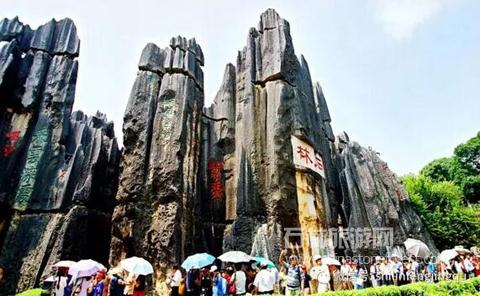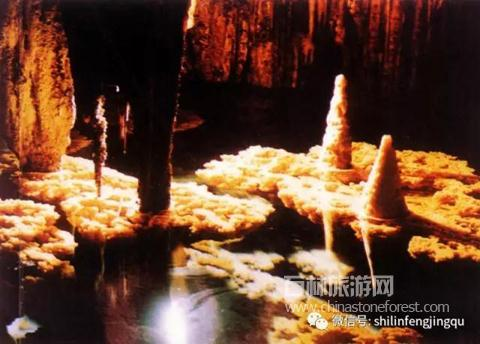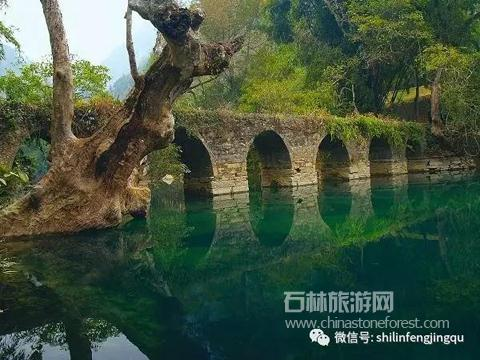
Yunnan Stone Forest
Yunnan Stone Forest is classic karst.
Karst is a name for geological features. This name originates from the
limestone plateau in present southwestern Slovenia extending to northeastern
Italy. In the late 19th century, Yugoslav geologists conducted extensive
research on the various peculiar landforms developed in that area, and named
the landforms with local names. Then the word karst became the universal
geological term in the world. In China, karst is also known as yanrong (rock
solution).

Guilin, Guangxi

Daqikong Arch of Triumph, Libo, Guizhou
Karst
is the most common but the most diverse landform in the world, accounting for
about 10% of the total world area. China has a karst landform of about 2
million square kilometers, including1.3 million square kilometers of surface
karst and 700,000 square kilometers of underground karst. Karst landform is
distributed in all provinces and regions of China, but most is in the south,
especially Guangxi, Guizhou, Yunnan, and Chongqing.

3 Natural Bridges, Wulong

Furong Cave, Wulong
Yunnan Stone
Forest has diverse karst types including not only surface karst shapes like
sword, column, tower as well as cone peaks, depression, doline, natural bridge,
cliff waterfall, and plateaus lakes, but also underground karst including
river, caves,
stalactite, stalactite column, curtain, and sinter. Therefore,
Stone Forest is also known as karst landform museum.
![]() No. 53012602000141, Anne, Yunnan Public Network
No. 53012602000141, Anne, Yunnan Public Network





